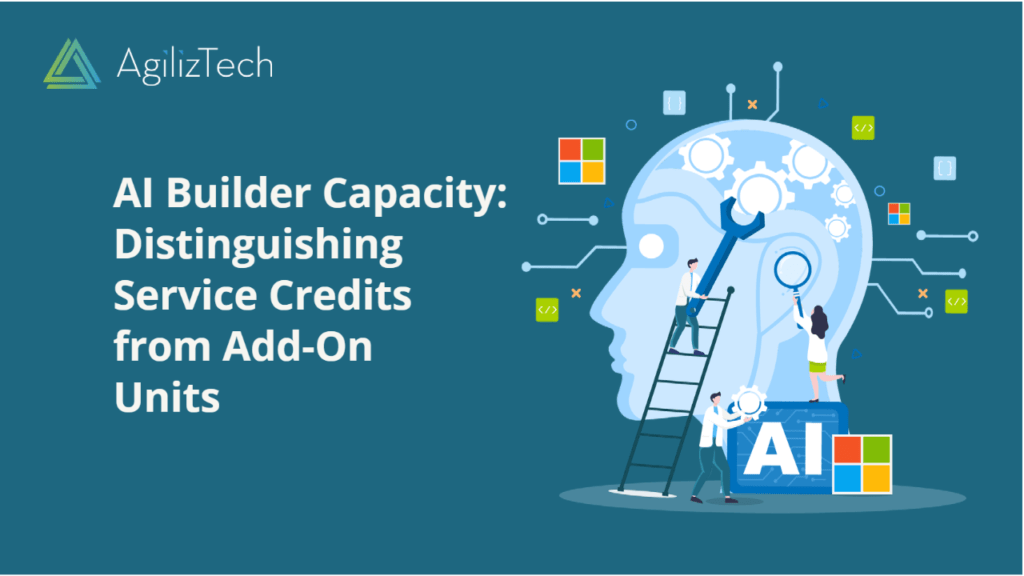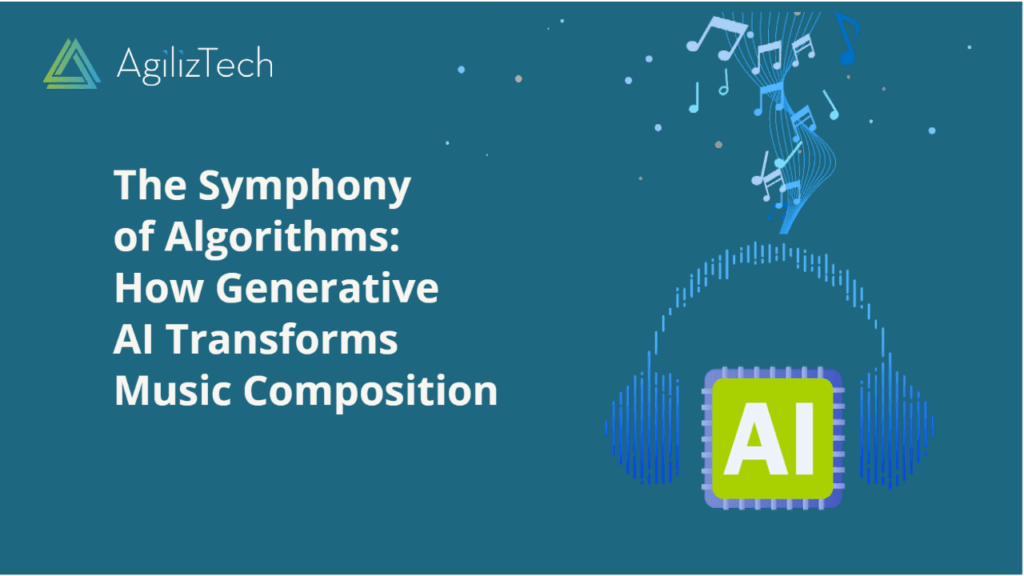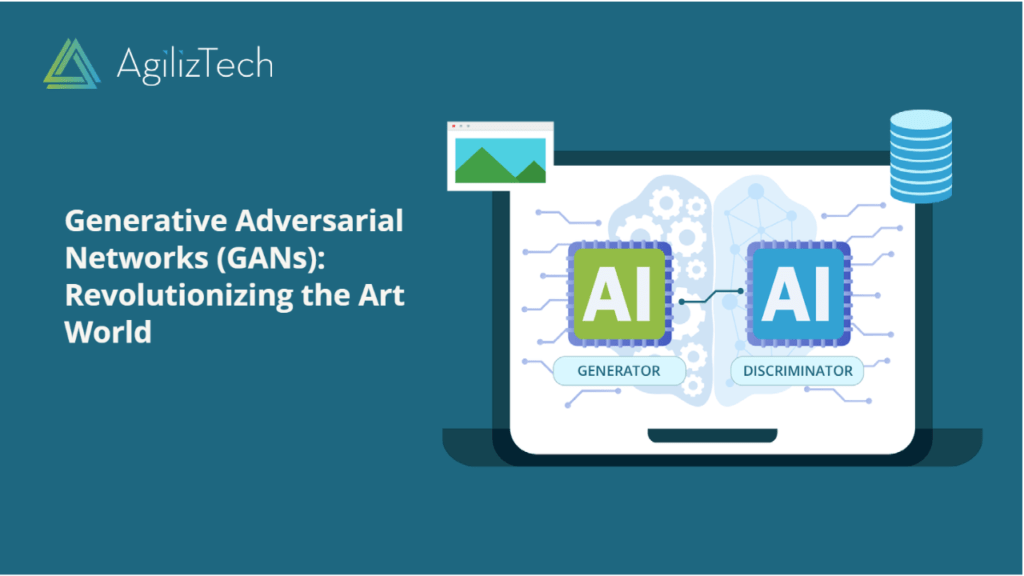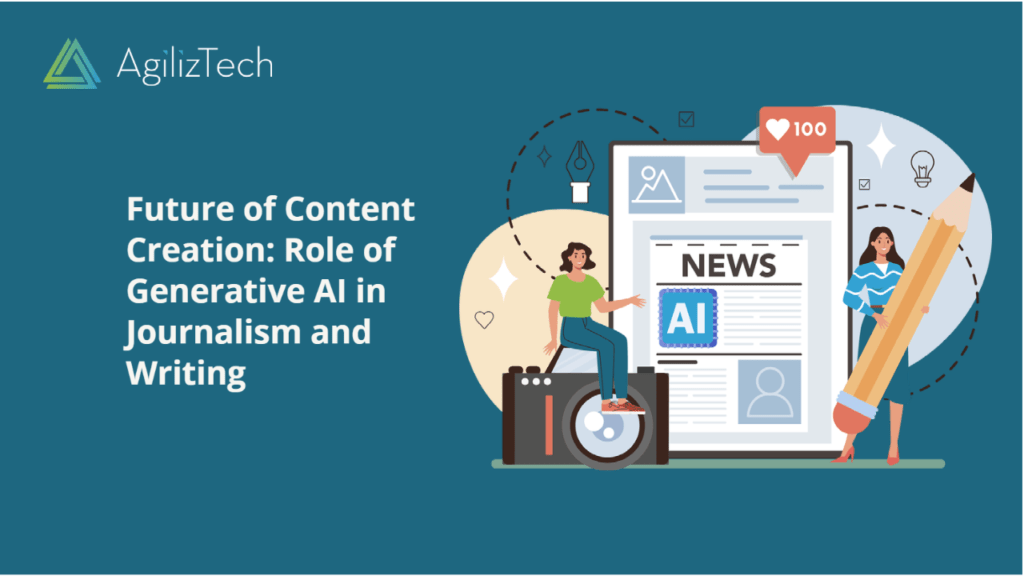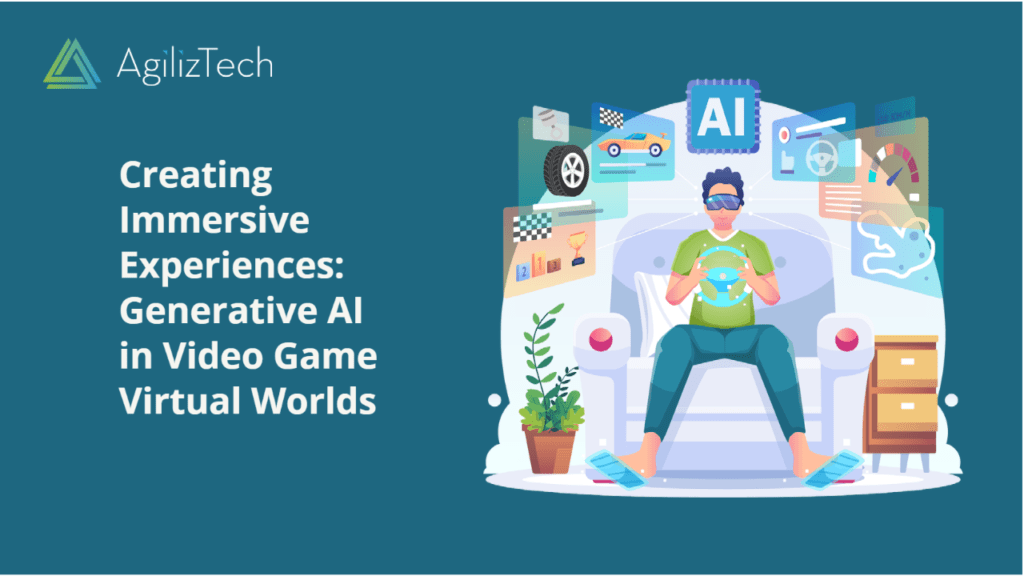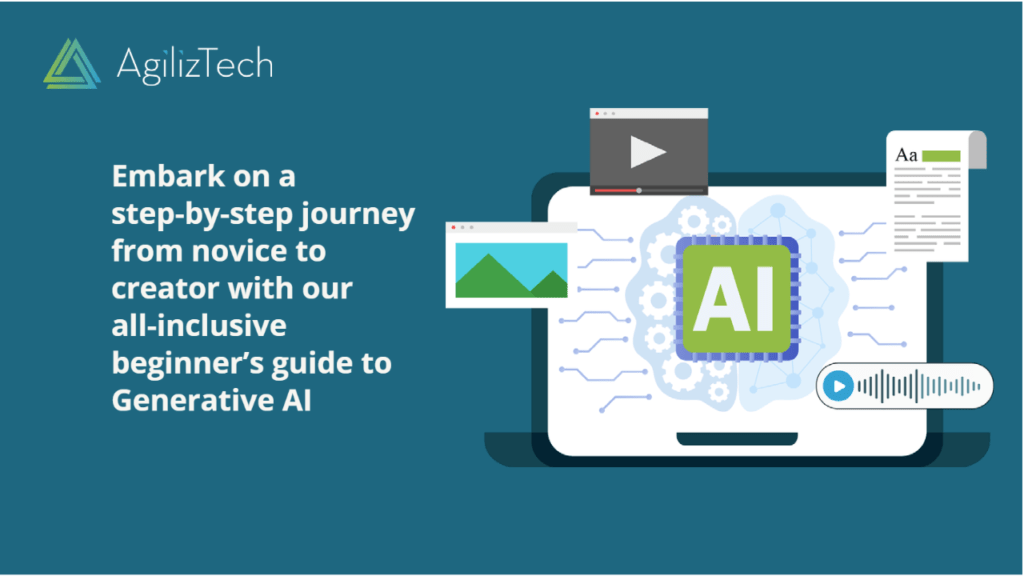AI Builder Service Credit & Add-on Units: Understanding the Difference
Overview
This article explains the difference between AI Builder Service Credit & Add-on Units and demonstrates their impact on AI Builder usage.
Microsoft Power Platform provides AI Builder, enabling users to effortlessly create and utilize artificial intelligence models without writing code. AI Builder empowers businesses to automate processes, enhance customer experiences, and gain insights from data.
To use AI Builder effectively, you need a Power Apps license and either AI Builder service credits or add-on units.
What is AI Builder?
AI Builder is a capability within Microsoft Power Platform that offers AI models to optimize business processes. It allows users to harness intelligence for process automation and insights in Power Apps and Power Automate.
AI Builder eliminates the need for coding and allows custom model building or using prebuilt models optimized for common business scenarios. It also enables Power Automate to automate critical steps involving text analysis, vision, image detection, and predictions.
To learn more about AI Builder, explore AI Builder learning paths, modules, community forums, and hands-on labs.
What are AI Builder service credits?
AI Builder service credits come with the Power Apps license. They are consumed when actively creating, training, publishing an AI model, or running predictions or form processing in Power Automate.
The number of service credits depends on the Power Apps license type. For example, the Power Apps per app plan offers 1,000 service credits per user each month, while the Power Apps per user plan provides 5,000 service credits per user per month.
You can monitor your service credit balance and usage in the Power Platform admin center and set up alerts for low balances.
What are AI Builder add-on units?
AI Builder add-on units are additional resources that extend AI Builder capacity. They are used when running predictions or form processing in Power Automate.
Unlike service credits, add-on units are not limited to specific users or licenses but are shared across the entire tenant for any user with AI Builder permissions.
Add-on units are available in bundles of 1 million units per month, with pricing varying based on region and currency. Stay updated on pricing details at https://powerapps.microsoft.com/en-us/pricing/
Managing add-on units is done through the Microsoft 365 admin center, and you can set up alerts for low add-on unit balances.
How to choose between AI Builder Credit & Add-on units?
Choosing between service credits and add-on units depends on your AI Builder usage and needs. Service credits are ideal for tasks like creating and training AI models without extra cost, while add-on units offer flexibility and scalability for running predictions or form processing.
Service credits are limited by user and license count, whereas add-on units are accessible to all authorized users in the tenant.
Lastly, service credits expire monthly, while add-on units roll over to the next month or subscription term until fully consumed.
AI Builder Credit & Add-ons: Conclusion
In conclusion, understanding the distinction between AI Builder service credits and add-on units helps make informed decisions about their usage. You can utilize included service credits or expand capabilities with add-on units based on your requirements. For questions or feedback, feel free to contact us.
